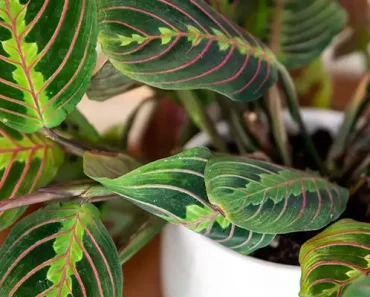Houseplants offer more than mere aesthetic appeal in interior spaces. Beyond lending a touch of verdancy to your residence, certain plants possess properties that promote relaxation and enhance well-being. Apart from embellishing a space, they play a pivotal role in air purification and nighttime oxygen production, optimizing the bedroom environment for a rejuvenating sleep. Continue reading to learn about the best plants for your bedroom.
What Are the Benefits of Having Plants in Your Bedroom?
The benefits of situating plants in your bedroom are manifold, encompassing enhanced sleep quality, neutralization of odors, air purification, and visual enrichment. Different plant species, contingent on their type and size, are adept at extracting carbon dioxide from the air. Incorporating plants into your bedroom environment, thus, not only elevates its aesthetics but also bolsters its safety.
12 Best Plants for Your Bedroom
The majority of indoor plants are notably low-maintenance and resilient, adapting seamlessly to typical indoor conditions like subdued lighting and ambient temperatures. Below are the optimal bedroom plants for various settings, each requiring minimal attention.
1. Peace Lily
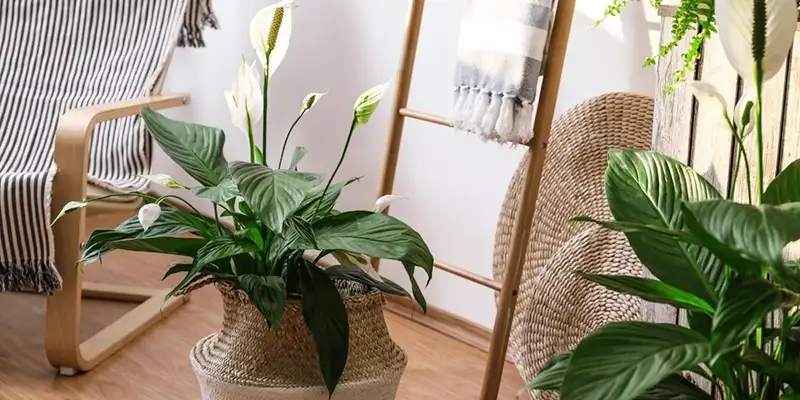
The Peace Lily is an exemplary choice for the bedroom due to its minimal care requirements and ability to flourish even with sporadic watering. Beyond its aesthetic appeal, characterized by lustrous leaves and striking white bracts, this plant is adept at purifying indoor air and elevating humidity levels, promoting enhanced breathing and restful sleep. Moreover, it exhibits remarkable tolerance to low-light conditions.
2. Snake Plant
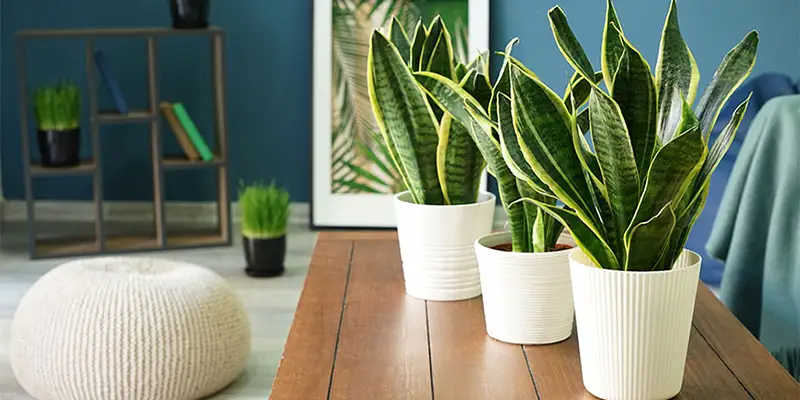
The snake plant, exhibiting the same lively green as the prayer plant, stands out for its exceptional air-purifying abilities. It effectively absorbs toxins, including carbon dioxide, formaldehyde, and benzene, thereby promoting a healthier sleep environment. Recognizing its superior qualities, NASA has listed it among the top 10 air-purifying plants. Distinctively, snake plants purify air continuously, both during the day and night, ensuring an optimal ambiance for sleep.
Requiring minimal care, snake plants are especially suitable for beginners seeking bedroom plants. Their ability to thrive in dim or low-light settings further positions them as an outstanding choice for bedrooms with limited sunlight. Additionally, research underscores the snake plant’s unparalleled capability to produce the highest levels of indoor oxygen, a notable advantage.
3. Spider Plant
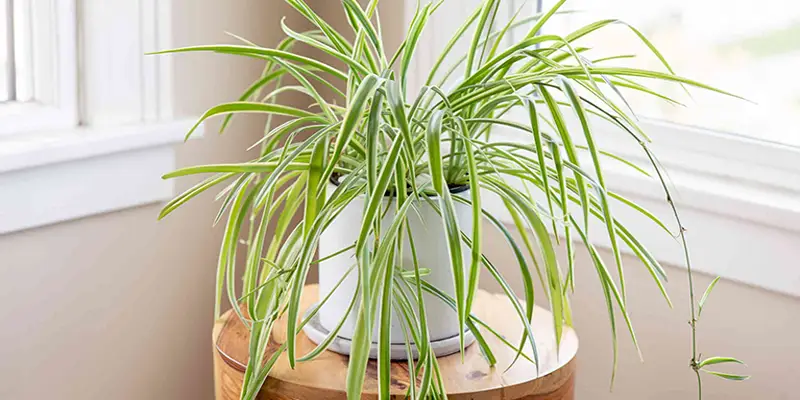
Similar to snake plants, spider plants excel as bedroom additions due to their air-purifying capabilities. These plants flourish under diverse lighting conditions and require moderate moisture. It’s noteworthy that if the leaf tips of your spider plants begin to brown, it’s advisable to water them with collected rainwater. This precaution stems from their sensitivity to fluoride commonly found in tap water.
4. English Ivy
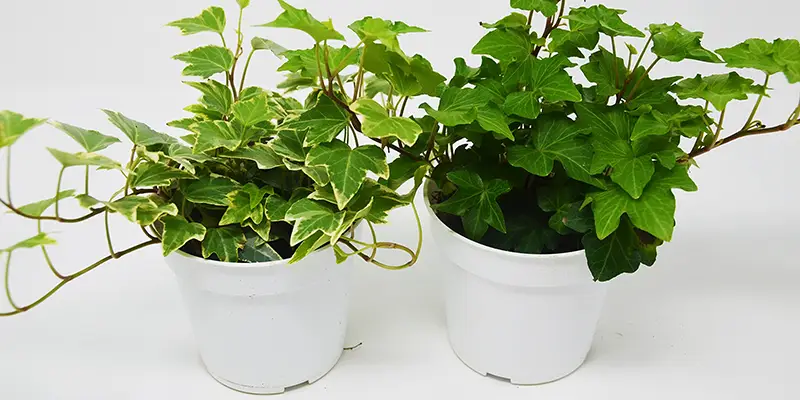
English ivy exhibits a remarkable capacity to absorb harmful compounds such as formaldehyde, benzene, xylene, and toluene. Beyond its proficiency in purifying the air of these toxins, studies indicate that it might also reduce airborne mold and animal fecal particles, potentially alleviating allergy symptoms in the process.
5. Philippine Evergreen
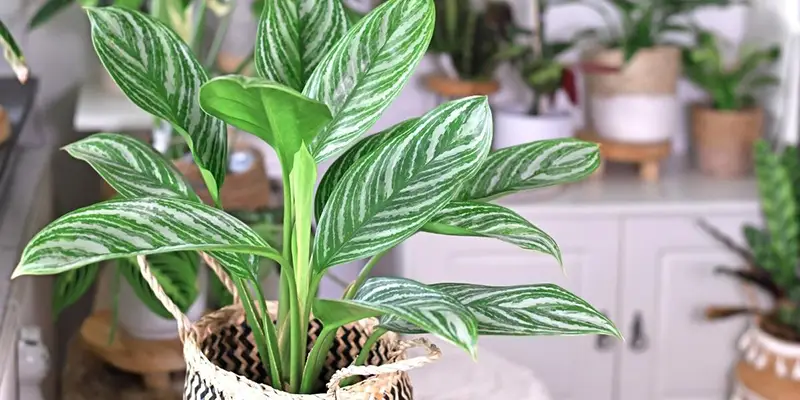
The Philippine evergreen, commonly referred to as the Chinese evergreen, stands out as a commendable choice for air purification. This plant is not only proficient in producing abundant oxygen but also excels in eliminating harmful chemicals such as formaldehyde and benzene. Its preference for low sunlight or fluorescent lighting makes it particularly suited for indoor environments, rendering its cultivation relatively effortless.
6. Golden Pothos
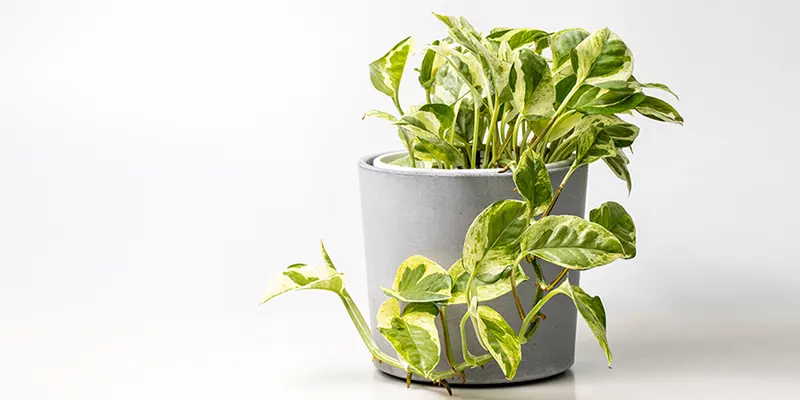
Renowned for its air-purifying properties, the golden pothos also stands out as a highly resilient houseplant, thriving even in less than ideal conditions. As the summer months approach, the golden pothos emerges as a prime choice for those seeking restful sleep. Consider visiting your nearest garden center to procure one for enhanced nocturnal comfort.
7. Rubber Plant
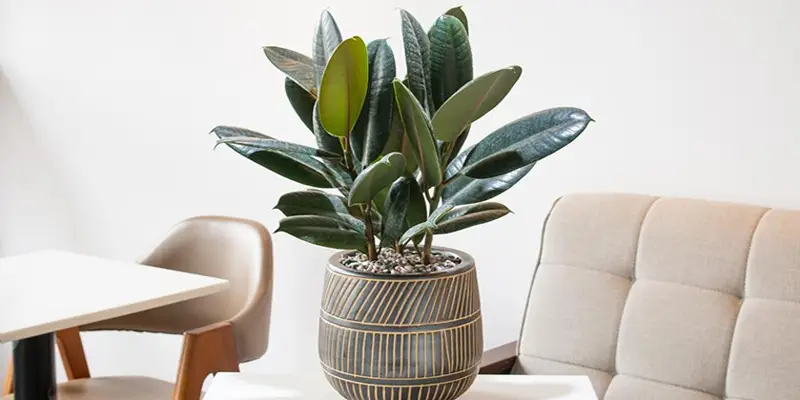
This plant is particularly beneficial for those who frequently use cosmetics and hairspray in their bedrooms, as it has demonstrated capabilities in neutralizing formaldehyde and benzene, chemicals potentially present in some beauty products.
With its elegant, large, glossy, and rigid leaves, this plant can reach a height of 6-10ft, making it perfectly suited for apartments boasting high ceilings. While it can adapt to dimmer lighting conditions, it thrives best in moderate light. Regularly cleaning the leaves will ensure they remain free from dust and maintain their lustrous appearance.
8. Dracaena Fragrans (Dragon Tree)
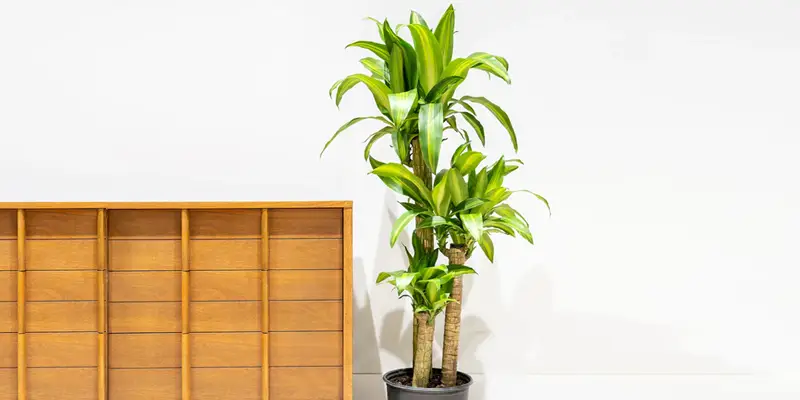
The Dragon Tree was identified in a NASA clean air study for its capacity to absorb common household pollutants such as formaldehyde, benzene, and carbon dioxide, examining the proficiency of plants in purifying the atmosphere. In addition to its toxin-removal properties, it aids in humidifying the air, making it an optimal choice for bedroom plants.
Moreover, its elongated leaves adorned with variegated stripes make a stylish statement. During spring and summer, position it on a shelf or table, avoiding direct sunlight, and water it once the top few inches of compost feel dry. It’s advisable to moderate the watering frequency during winter months.
9. Lavender
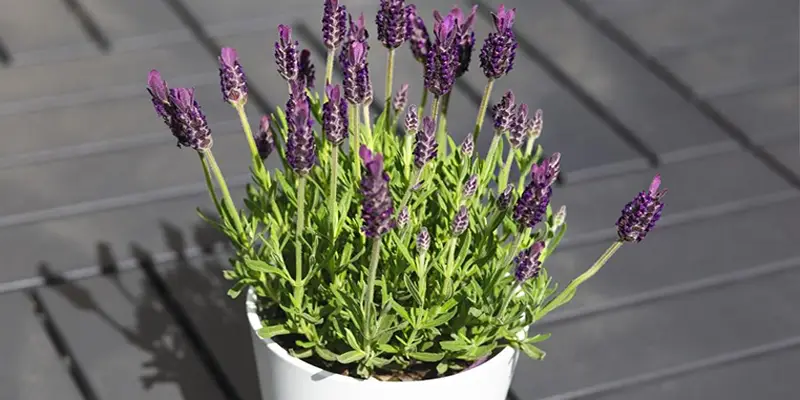
Lavender has demonstrated its efficacy in decreasing heart rate, blood pressure, and stress levels, while also promoting deeper sleep, establishing its suitability for bedroom placement. While lavender is predominantly cultivated outdoors, it can thrive indoors given sufficient light.
One study suggests that infants become more tranquil after bathing in water infused with lavender oil. With the inclusion of these exemplary bedroom plants, you’re poised to enjoy rest akin to a child’s profound slumber.
10. Jasmine
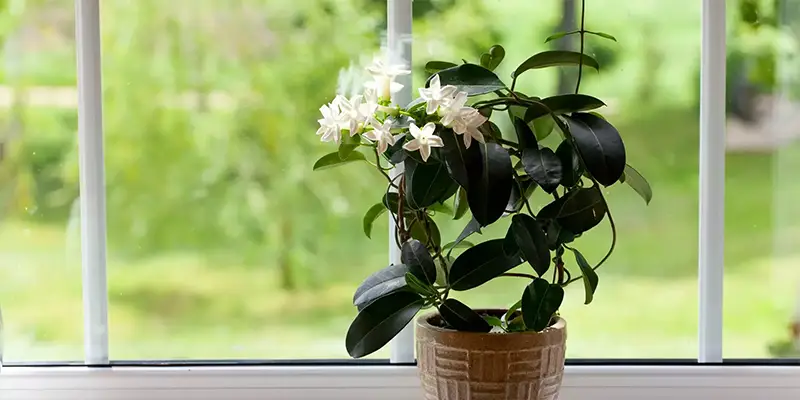
Owing to its soothing and aromatic scent, jasmine is commonly incorporated into beauty products and aroma diffusers. Its blossoms unfurl during the nighttime, rendering it perfectly suited for a restful sleep environment. Jasmine plants, recognized for their longevity in domestic settings, offer a touch of pristine white elegance.
11. Valerian
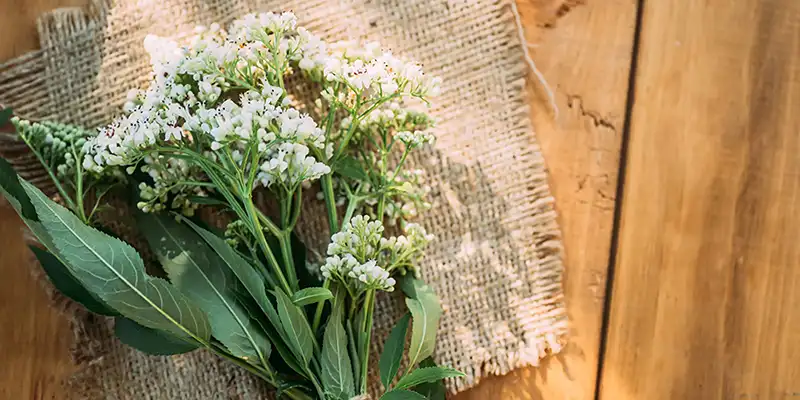
The delicate pink and white blooms of the valerian plant would make a delightful addition to your bedroom. Historically, valerian plants have been employed for their therapeutic properties, particularly in addressing sleep ailments like insomnia. The aroma of the valerian root has been scientifically observed to promote sleep and enhance its quality. Incorporate a few petals into your evening bath or inhale its scent before bedtime. To thrive, these plants necessitate about six hours of sunlight daily; hence, positioning them on a sunlit windowsill is advisable.
12. Chamomile
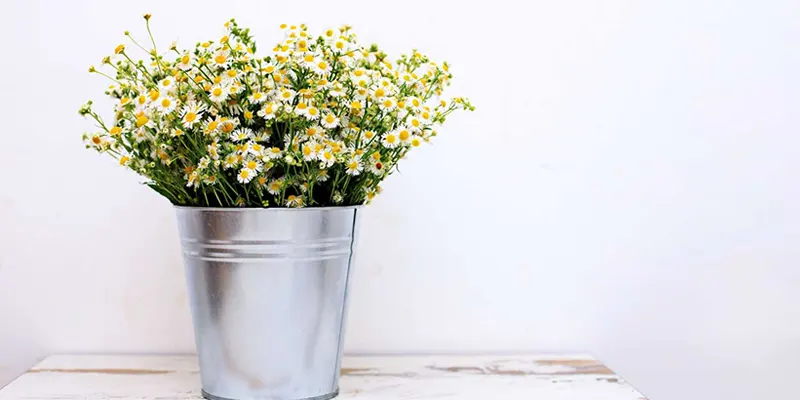
The herbal aroma of chamomile is renowned for its calming and soothing properties, making chamomile plants an exceptional addition to bedrooms. Pairing chamomile with lavender creates an ultimate duo that fosters relaxation.
While many are familiar with derivatives like chamomile tea, essential oils, and candles, fewer harness the benefits of chamomile in its most natural state—the chamomile plant itself. Research indicates that chamomile promotes sustained and restful sleep.
How To Look After Bedroom Plants?
Proper water and light are crucial components for maintaining a thriving bedroom plant. Begin by understanding the specific needs of your plant and then refer to our essential guidelines.
Watering: Ensure your plant pot has sufficient drainage. Administer water gradually until it drains thoroughly. Only hydrate when the soil feels dry to touch.
Top Tip: To prevent water stagnation, water your plant over a sink. Return it to its saucer only after complete drainage.
Lighting: Position plants that require ample sunlight near a window. While artificial lighting can be a secondary option, it doesn’t entirely replace natural sunlight. A south-facing window is optimal for indoor plants that crave sunlight, with a west-facing window being the next best alternative.
In a Nutshell
The optimal plants for your bedroom can enhance your sleep quality, allowing you to awaken refreshed, rejuvenated, and prepared to tackle the day ahead.
Most of these highly recommended plants excel in eliminating airborne toxins and contaminants, while simultaneously releasing a higher amount of oxygen compared to other species. It’s advisable for every bedroom to house at least one such plant.


